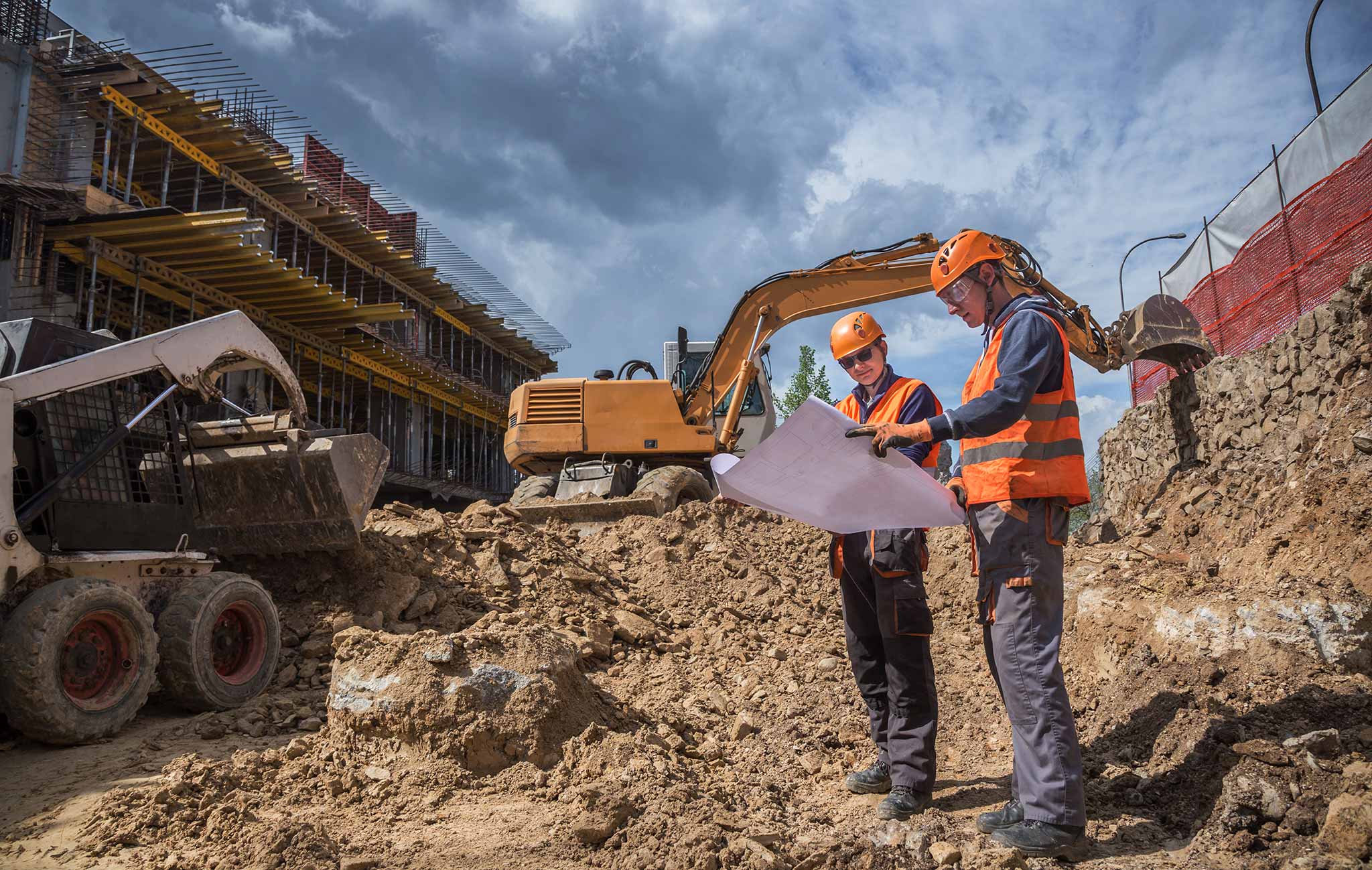Our Geotheta PDFs
Wiki Article
Our Geotheta Ideas
Table of ContentsThe Main Principles Of Geotheta The Basic Principles Of Geotheta See This Report about GeothetaNot known Facts About Geotheta
They work together with civil engineers, structural designers, designers, and other professionals to incorporate geotechnical factors to consider into the overall project layout and construction process. This requires reliable team effort, coordination, and interaction to make sure that the geotechnical aspects straighten with the task objectives and satisfy governing demands.Mining & Materials Design: Principles of exploration, penetration prices, and aspects affecting the selection of boring method. Features of dynamites, firing systems and blast patterns. Blowing up techniques in surface area and underground functions. Special blasting strategies at excavation boundaries. Resonance and noise control. Mechanical and continual methods to fragmentation, consisting of longwall shearing and fullface boring.
Modelling of fragment and fragment dimension distributions; comminution as a transfer feature. Comminution technology: crushing, grinding, dimension category. Integrated analysis of fragmentation and comminution operations. Supplied by: Mining & Products Design.
A Biased View of Geotheta
Bachelor's degree programs in civil, geotechnical, geological, and ecological design usually last 4 years and include general education courses in English, social science, and the humanities, in addition to programs in sophisticated mathematics, structural geology, and fluid mineralogy. (https://www.avitop.com/cs/members/geotheta.aspx)Geotechnical design entails the assessment of the soil and rock conditions at a certain website, and their implications for the growth of that website. As many structures rely upon the ground for assistance, it lacks shock that a detailed understanding of the ground conditions, and the suitability of foundation systems, are crucial to the lasting security and efficiency of the building or structure.
Specialising in the examination of geological developments and ground behavior, geotechnical designers do clinical examinations and screening to recognize the effect these geological formations may have on the style and building and construction of structure, civil and framework tasks. This experience is crucial for the design and construction of buildings, roadways, passages, dams, bridges, and water and sewer system.
The geotechnical team at Douglas Partners routinely talk to engineers, layout engineers, designers, and home builders to make suggestions on style and development propositions to make sure that the developed structures are suitably designed for the ground problems. For instance, the design of footing systems requires to think about the weight of the structure, the ability of the ground to sustain that weight together with activity tolerances and effective building.
Some Of Geotheta
This task is considerably simplified by the use our Douglas Map geospatial system which makes this details readily obtainable in an easy to utilize web internet browser user interface. A geotechnical engineer will guide the boring of boreholes and test pits to collect soil and other examples, and also analyze surface functions and ground direct exposures to form a geotechnical design of the subsurface problems.Relying on the project type and ground problems encountered, lab screening might to name a few things examine toughness, compressibility, reactivity and/or permeability of soil and rock examples. Hereafter data is gathered and looked at, the results are utilized for a geotechnical design of the website, which is commonly presented as sections across the site.

A geotechnical examination naturally can just analyze the ground conditions at the places pierced or dug deep into. All-natural variants in dirt and rock problems can happen throughout a site and between test locations. It is for that reason excellent practice that the geotechnical designer be preserved throughout construction of the project to provide on-site verification that the ground conditions experienced are constant with the expectations and guidance provided in the geotechnical investigation report.
How Geotheta can Save You Time, Stress, and Money.
Geotechnical engineers use their thorough understanding of dirt and rock to examine threat and resolve problems on varied facilities projectsGeotechnical engineering is a specialist branch of civil design which takes a look at the behaviour of planet materials and the application of dirt and rock auto mechanics. Geo Tech Engineering. As a geotechnical engineer, you will certainly evaluate the physical, mechanical and chemical properties of soil and rock in order to design structures, retaining structures and earthworksGeotechnical design is carefully connected to and overlaps with, both engineering geology and ground engineering - https://disqus.com/by/geotheta/about/. It's possible to specialise in geotechnics or help a geotechnical business but be called a design geologist or a ground engineer. As a geotechnical designer, you'll need to: develop and keep partnerships with clients and various other professionals associated with the site, throughout each projectmaintain safety and security requirements on website bear in mind expense implications when you make recommendationsstudy geological maps and airborne photographs from a variety of sources and from various time periodsexamine building plans to see exactly how feasible they are based upon your understanding of the siteinvestigate risks or geological threats for the sitesearch for ecologically delicate features, such as land fill start to create factual and expository ground modelsplan field investigationsdrill and evaluate examples of bedrock, soil, groundwater and added materials oversee other experts on sitesolve technological problems as they emerge, such as unanticipated structures at drill sitesmonitor problems during and after building and construction to make certain frameworks are stable in the short and lengthy termadding information gathered on website to your initial researchcreating geotechnical computations, illustrations, and 2 or three-dimensional computer designs analyzing the datamaking recommendations regarding the recommended use the site

Report this wiki page